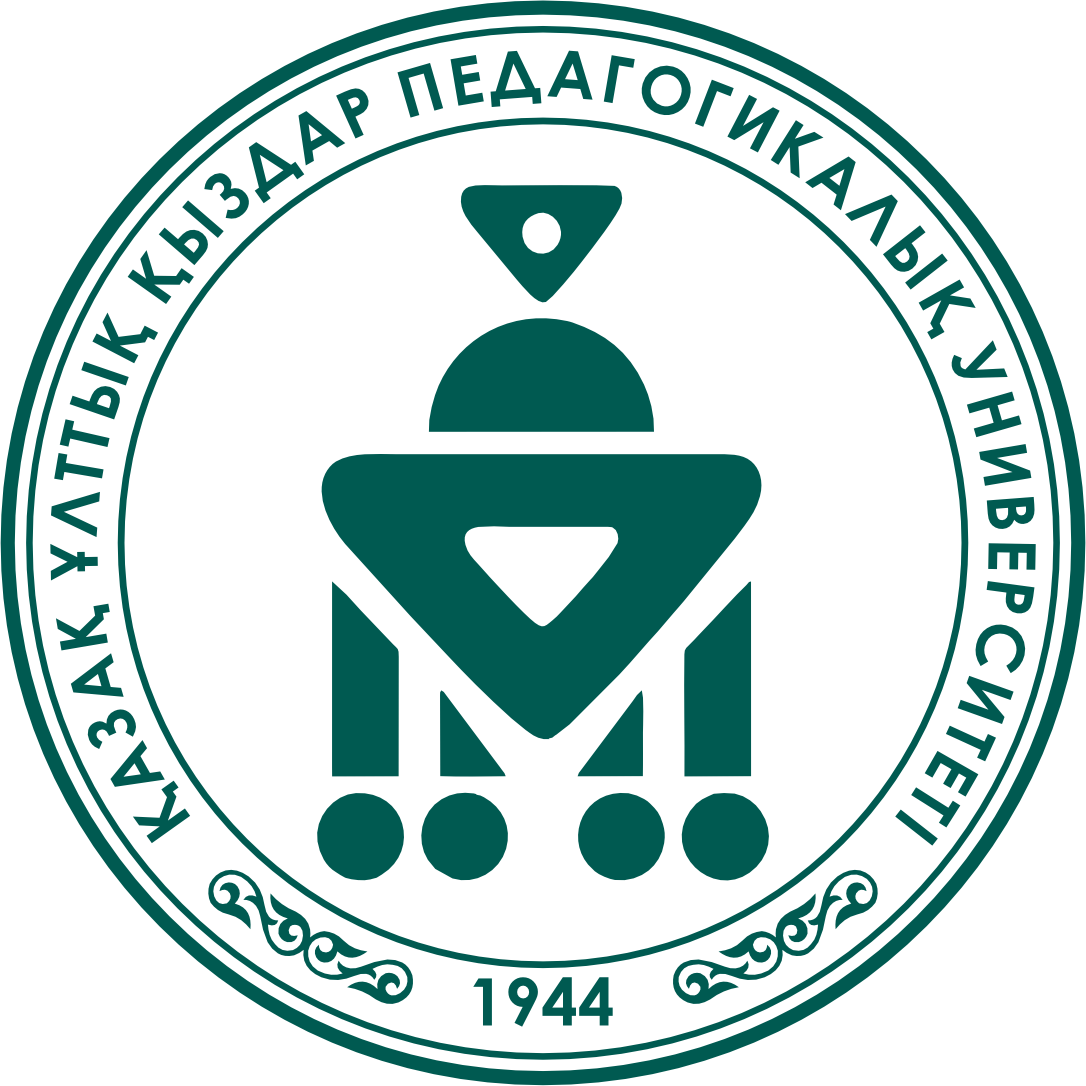-
20 october, 2021
![Science in Kazakhstan: achievements and changes]()
ALMATY. October 20. Press center – What progress has been made in domestic science over the last 30 years? We are pleased to present top 10 achievements of Kazakh science within the years of independence.
Laser for health
In 1994, Doctor of Medical Sciences, Academician of the National Academy of Sciences of Kazakhstan Alshynbai Rakhishev received an inventor's certificate from the National Patent Office, allowing the use of lasers for medical purposes. The results of many years of experiments by Professor Rakhishev turned out to be significant. The domestic scientist managed to experimentally prove the positive stimulating effect of low-energy goose lasers on the vascular and nervous systems of a person. This discovery made it possible to use laser radiation to improve human health.
Domestic alloy «Kazakhstanskiy»
In 2008, the «Kazakhstanskiy» alloy was patented. The new material is used in metallurgy for deoxidation, alloying and modification of steel. In other words, the domestic alloy improves the structure and quality of steel by reducing non-metallic inclusions and visible hot cracks. The alloy contains silicon, aluminum, calcium, barium, vanadium, titanium, carbon and iron. Also, the "Kazakhstanskiy" alloy allows to increase the degree of extraction of manganese into steel, increases its impact toughness. And the economic feasibility of the alloy consists in the use of cheap high-ash carbonaceous rocks instead of expensive coke.
Hydrophobic super-sponges
In 2013, Kazakh scientist Fail Sultanov began a project to develop superhydrophobic sponges for collecting spilled oil. The author was prompted to this idea by working with airgel - an expensive but highly absorbent material. It was decided to work with a ready-made structure. In the beginning, they took an ordinary polyurethane sponge, which people use every day at home. The walls of the sponge were coated with nanomaterials - graphene and carbon nanotubes - which made it superhydrophobic (the ability to completely repel water). Due to the porosity of the material, sponges perfectly absorb organic liquids, and due to their hydrophobicity, they do not absorb water. Super-sponges are used as filters and purify water from organics by 95-97%. High hydrophobicity, high sorption capacity, low cost, regenerability and environmental friendliness allow using the discovery to clean up reservoirs from spilled oil.
Creation of super-accumulators
In 2015, Kazakh scientist Tolganai Temirgalieva and Japanese professor Suguru Noda took up a project to create supercapacitors. If ordinary capacitors (or batteries) have a limited charge-discharge resource, then supercapacitors can very quickly (in a few minutes) charge and release energy. At the same time, "super-accumulators" have an almost infinite charge-discharge cycle - for a conventional capacitor this figure is only 1,000, and for supercapacitors - from 10,000 to 500,000 cycles, that is, they are 10-500 times more durable.
Supercapacitors store more energy for every cubic centimeter of their volume.This effect is achieved through the use of porous activated carbons, which were obtained from rice hulls and apricot pits. Carbons from organic material, being used as capacitors, have an electrical capacity of 180-200 farads per gram.
The advantage of domestic development is in greater capacity and low cost. In fact, carbons are created from waste (rice husks and apricot kernels), which, among other things, do not pollute the environment and do not require special disposal like traditional batteries. Supercapacitors can be used in telephones, electronic electricity meters, security alarm systems, measuring instruments and medical devices.
Saki kurgans
In 1998, in a kurgan near the village of Berel in the Chiliktinskaya valley, which is In the Kazakhstan region, a joint Kazakh-French expedition led by the famous domestic archaeologist Zeinolla Samashev discovered the burial of the Saka prince, which dates back to the IV century. BC NS. It contained household items, jewelry and the remains of 13 horses with a harness decorated with gilded horns. The analysis showed that the horses from the mound are more than 2 thousand years old. Large-scale archaeological research of the Berel burial ground continues to this day. Already investigated about 70 elite and ordinary mounds of the era of early nomads.
Device for bioresonance activation of seeds
In 1999, studies began on ways of bioresonance activation of seeds, the main person of which was Professor Abdumalik Ashirov. He developed a device that acts on seeds with a low-frequency electromagnetic field. When processing seeds, 18 parameters are taken into account, including cosmogeophysical (the position of the Moon, the Sun, the location of other planets, solar flares, tidal forces of gravity, tectonic faults and others).
Scientists have obtained positive results when processing seeds of wheat, barley, rice , corn, rye, potatoes, pumpkin, cucumbers, beets, as well as oats and cotton. In 2004, Professor Ashirov was awarded a diploma for his scientific discovery "The regularity of the enhancement of bioresonance activation of agricultural seeds" and the medal of P.L. Kapitsa.
Composite fertilizer «Humint»
Kazakhstani science is rich in discoveries and developments in the field of agricultural sciences. One of such developments is «Humint». The composite fertilizer developed by scientists of the Institute of Organic Synthesis and Coal Chemistry headed by Professor Serik Fazylov has a flexible formula. Its composition can be changed by increasing the proportion of essential macronutrients. Moreover, "Humint" can retain water and give it to plants during drought. Fertilizer is produced from chicken manure and waste from the coal industry.
The appearance of fertilizer became possible after Kazakhstani researchers found a way to obtain humic substances from young coals and peat. Humic substances are natural components that are used in industry and agriculture. "Humint" accelerates the development of plants, makes them more resistant to unfavorable weather conditions, increases productivity by 15-20%.
Humates (salts of humic substances) contain less nitrogen, phosphorus and potassium, but contain the organic matter necessary for plants - proteins and carbohydrates. Thanks to humates, humus is formed in the soil, air permeability and moisture capacity of the earth improves.
Development of the Kazakh vaccine QazCovid-in
The vaccine against COVID-19 was developed by the Scientific Research Institute of Biological Safety Problems of the Ministry of Education and Science of the Republic of Kazakhstan.
The QazVac vaccine is inactivated and the body produces protective antibodies when used. The vaccine is given in two doses 21 days apart. QazVac is stored at a temperature of + 2-8 degrees Celsius, which makes it unpretentious for transportation and storage in comparison with foreign counterparts.
Clinical trials of the vaccine began on December 25, 2020. In Kazakhstan, the vaccine has been used since April 26, 2021 and as of August 17, 6 million people have received the vaccine.
Catalyst for the refining process
An important development in the field of oil refining is the discovery of Kazakh scientist Khadichakhan Rafikova. She developed a method for creating rhodium-iridium catalysts based on phosphorus-containing ionic liquids. These liquids are used in the hydrogenation of acetophenone, the combined production of styrene and propylene oxide from ethylbenzene and propene, and the production of stilbenes necessary for the production of semi-rigid plastics by copolymerization with more active monomers. Usually, acids that are harmful to the atmosphere are used for such purposes. And the catalysts created by domestic scientists headed by Khadichakhan Rafikova allow carrying out the necessary processes on the basis of harmless water.
Discovery of the phenomenon of «thresholdless amplification of surface acoustic waves»
In 2015, researchers from Kazakhstan, Russia and the United States reported a discovery in physics. A group of scientists, including professors Zinetula Insepov and Kurbangali Tynyshtykbaev, using graphene managed to amplify high-frequency acoustic signals, while spending little energy. The effect of "non-threshold amplification of the surface acoustic wave" revealed by scientists in 2017 was tested by independent organizations in Russia. Experts acknowledged that the study is indeed a scientific discovery in the field of acoustoelectronics. Their discovery allows the use of the strongest, thinnest and most lightweight electrically conductive material - graphene - in micro- and nanoelectronics.
Scientists at Nazarbayev University, where the experiments took place, deposited a film of graphene on the surface of a piezoelectric crystal - a material that converts electrical energy into mechanical energy. At the same time, graphene was exposed to a constant current source. In the course of the experiment, a unique phenomenon was recorded: a thresholdless amplification of the amplitude of acoustic traveling waves, which were generated by a high-frequency electric current, but amplified by a direct current, occurred on the surface of the piezoelectric crystal. As a result, the energy of the acoustic waves was incommensurably greater than the original acoustic signal. The discovery is of significant value for the defense industry, medicine, national security and space communications. Research in domestic science is gaining new strength.
Source: https://the-steppe.com/
Department of marketing and communications
Contact number: +7 727 237 00 05
e-mail: mar.com@qyzpu.edu.kz
Share:
-
About Us
- Rector’s Blog
- University activities
- History
- Notable Alumni
- Structure
- Corporate Governance
- Top-management
- Audit Service
- Compliance Service
- Jobs
- Academic Council
- Development Program
- External Assessment
- Quality management system
- Mission
- Sustainable development
- Infrastructure
- Media
- Normative legal documents
- Aqtumar museum
- Admission
-
Education
- Educational programs
-
Professors
- Institute of Pedagogy and Psychology
-
Institute of Philology
- Department of Theory and Methodology of the Kazakh Linguistics
- Department of Kazakh Literature
- Department of The Russian Language and Literature
- Department of Teaching Methods of Foreign Language and Intercultural Communication
- Department of professional training of foreign languages
- Department of practical foreign language
- Institute of Physics, Mathematics and Computing
- Institute of Natural Sciences
-
Institutes
- Institute of Natural Sciences
- Institute of Pedagogy and Psychology
- Institute of Social Sciences, Humanities and Art
- Institute of Physics, Mathematics and Computing
-
Institute of Philology
- Deprtament of Professional Foreign Language Training
- Department of «Theory and Methodology of Kazakh Linguistics»
- Department of «The Russian Language and Literature»
- Department of «Kazakh Literature»
- Department of practical foreign language
- The Department of Foreign Language Teaching Methodology and Intercultural Communication
- Institute leadership
- College
- Department of Distance Education
- Educational and methodical association
- Center for Pedagogical Excellence
- Student Assistance Center
- Coordination Council
- Department of Practice and Career
- Non-formal Education Center
- Center for Women's Leadership and Entrepreneurship
- Center for the Development of Inclusive and Special Education
-
Science
- International Cooperation
- For Students
- e-University
-
-
About Us
- Rector’s Blog
- University activities
- History
- Notable Alumni
- Structure
- Corporate Governance
- Top-management
- Audit Service
- Compliance Service
- Jobs
- Academic Council
- Development Program
- External Assessment
- Quality management system
- Mission
- Sustainable development
- Infrastructure
- Media
- Normative legal documents
- Aqtumar museum
-
About Us
-
-
Education
- Educational programs
-
Professors
- Institute of Pedagogy and Psychology
-
Institute of Philology
- Department of Theory and Methodology of the Kazakh Linguistics
- Department of Kazakh Literature
- Department of The Russian Language and Literature
- Department of Teaching Methods of Foreign Language and Intercultural Communication
- Department of professional training of foreign languages
- Department of practical foreign language
- Institute of Physics, Mathematics and Computing
- Institute of Natural Sciences
-
Institutes
- Institute of Natural Sciences
- Institute of Pedagogy and Psychology
- Institute of Social Sciences, Humanities and Art
- Institute of Physics, Mathematics and Computing
-
Institute of Philology
- Deprtament of Professional Foreign Language Training
- Department of «Theory and Methodology of Kazakh Linguistics»
- Department of «The Russian Language and Literature»
- Department of «Kazakh Literature»
- Department of practical foreign language
- The Department of Foreign Language Teaching Methodology and Intercultural Communication
- Institute leadership
- College
- Department of Distance Education
- Educational and methodical association
- Center for Pedagogical Excellence
- Student Assistance Center
- Coordination Council
- Department of Practice and Career
- Non-formal Education Center
- Center for Women's Leadership and Entrepreneurship
- Center for the Development of Inclusive and Special Education
-
Education







